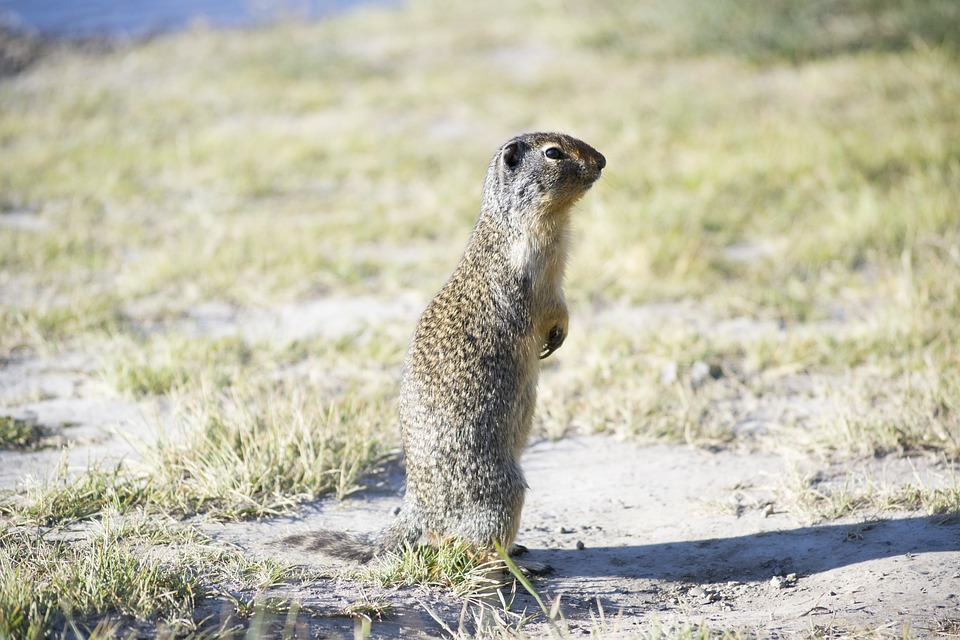How Does Global Warming Affect Polar Bears?
Introduction
Global warming is a pressing issue characterized by the increase in Earth’s average surface temperature due to human activities, primarily the emission of greenhouse gases. The Arctic region, in particular, is one of the fastest-warming areas on the planet, experiencing temperature rises at nearly twice the global average. This climate shift poses significant threats to polar bears (Ursus maritimus), apex predators uniquely adapted to cold environments. These majestic animals rely heavily on sea ice for survival, which serves as their primary platform for hunting seals, their main food source.
1. Loss of Sea Ice Habitat
#
A. Importance of Sea Ice for Polar Bears
Sea ice is crucial for polar bears as it provides essential habitats for hunting, resting, breeding, and migrating. The bears depend on stable ice platforms to access their primary prey—seals—which they hunt by waiting near breathing holes in the ice.
#
B. Melting Ice and Reduced Hunting Grounds
As global temperatures rise, sea ice melts earlier in spring and forms later in fall, significantly shortening the hunting season. This retreat forces polar bears to swim longer distances to find food, leading to increased energy expenditure and a heightened risk of drowning. Reports indicate that some populations are experiencing a reduction in the number of ice-covered days by up to three weeks per year[5][9].
2. Impact on Food Availability
#
A. Decline in Seal Populations
The melting sea ice adversely affects seal populations that rely on the ice for pupping and resting. With fewer seals available as prey, polar bears face food scarcity, leading to malnutrition and starvation[1][4]. As seals become less abundant, competition increases among polar bears and other predators.
#
B. Longer Fasting Periods
With shorter hunting seasons, polar bears must endure longer fasting periods. Research has shown that during these times, bears can lose significant body mass—up to 11%—which impacts their overall health and reproductive success[5][7]. The increased fasting duration also correlates with lower cub survival rates due to insufficient maternal nourishment.
3. Changes in Reproduction and Survival
#
A. Lower Cub Survival Rates
Pregnant females struggle to accumulate enough fat reserves necessary for sustaining themselves and their cubs through hibernation. Thinner females often produce fewer cubs, and those that are born have lower survival rates due to inadequate maternal care during critical early life stages[4][6].
#
B. Decline in Body Condition and Reproductive Success
The overall decline in body condition among polar bears leads to reduced reproductive rates and smaller litter sizes. Long-term studies indicate that some populations have experienced sharp declines; for example, the Western Hudson Bay population has decreased by about 27% over five years[8][9]. This trend raises concerns about the long-term viability of polar bear populations.
4. Increased Human-Bear Conflicts
#
A. Movement Toward Human Settlements
As polar bears lose access to their traditional sea ice habitats, they are increasingly forced onto land where they may encounter human settlements while searching for food. This shift raises the likelihood of dangerous interactions between polar bears and humans[6][10].
#
B. Risks of Malnutrition and Aggression
Hungry bears scavenging near towns or hunting camps pose risks not only to themselves but also to humans. Increased stress from food scarcity can lead to aggressive behavior as bears seek out alternative food sources[1][6].
5. Future of Polar Bears in a Warming World
– Risk of Extinction: Without significant reductions in global emissions, scientists predict that polar bear populations may face extinction by the end of this century.
– Conservation Efforts: Various initiatives aim to mitigate human-bear conflicts, protect habitats, and advocate for policies aimed at reducing greenhouse gas emissions[2][3][9].
FAQs
– Why do polar bears need sea ice to survive? Sea ice is essential for hunting seals and serves as a platform for breeding and resting.
– How does global warming lead to food scarcity for polar bears? Melting sea ice reduces seal populations and shortens hunting seasons, leading to decreased food availability.
– Are polar bear populations currently declining? Yes, many populations are experiencing significant declines due to habitat loss and food scarcity.
– Can polar bears adapt to life without sea ice? While some adaptation is possible, their dependence on sea ice makes survival increasingly challenging as it continues to diminish.
– What can be done to help protect polar bears from climate change? Efforts include reducing greenhouse gas emissions globally and implementing conservation strategies focused on habitat protection.
Conclusion
Global warming poses a severe threat to polar bear survival through habitat loss, decreased food availability, and increased human-bear conflicts. Urgent climate action is necessary not only to preserve these iconic creatures but also to maintain the ecological balance of their Arctic habitat for future generations. Protecting polar bears requires a collective effort aimed at addressing climate change while ensuring sustainable practices within their environment.

Kyle Whyte is a notable scholar and professor at the University of Michigan, holding positions such as the George Willis Pack Professor in the School for Environment and Sustainability and Professor of Philosophy. Specializing in environmental justice, his work critically examines climate policy and Indigenous peoples’ ethics, emphasizing the nexus between cooperative scientific endeavors and Indigenous justice. As an enrolled Citizen Potawatomi Nation member, he brings a vital perspective to his roles as a U.S. Science Envoy and member of the White House Environmental Justice Advisory Council. His influential research is supported by various prestigious organizations including the National Science Foundation, and disseminated through publications in high-impact journals. Kyle actively contributes to global Indigenous research methodologies and education, with affiliations to numerous institutes and societies dedicated to traditional knowledge and sustainability. Recognized for his academic and community engagement, Kyle has earned multiple awards and served in various visiting professorships. His efforts extend to leadership positions on boards and committees focused on environmental justice nationwide.
